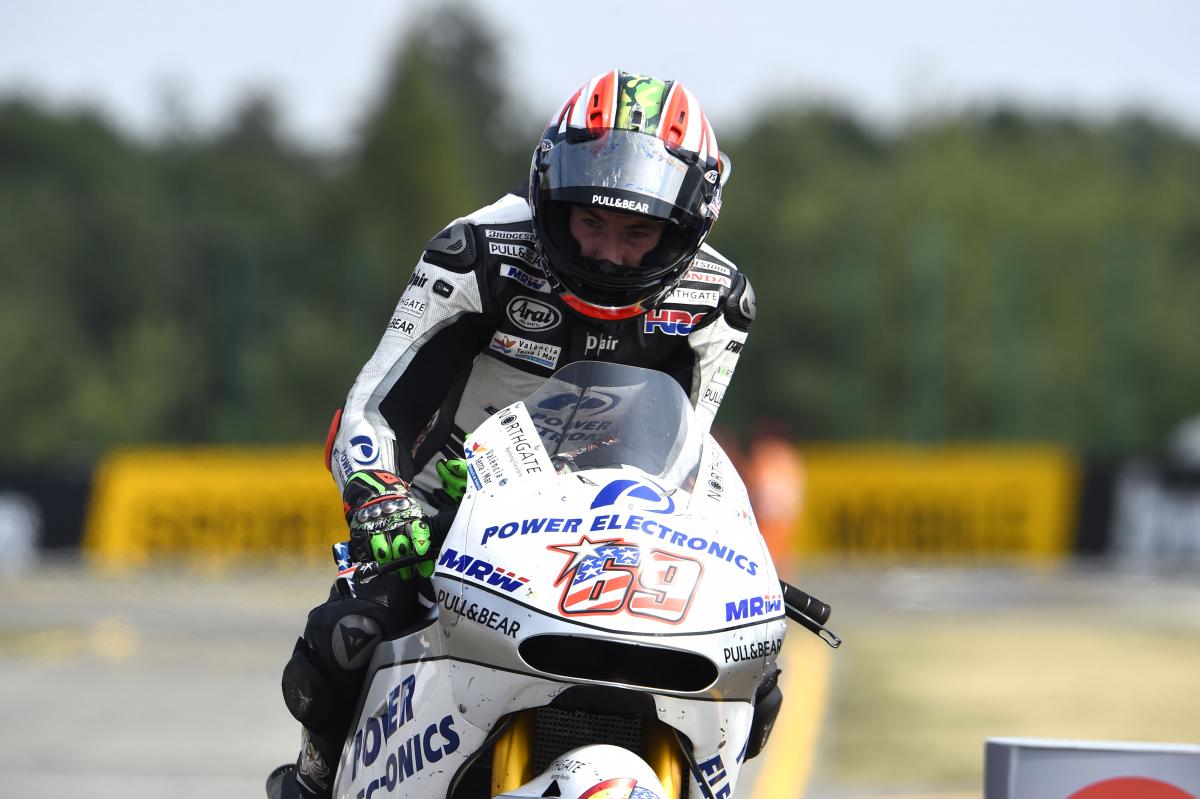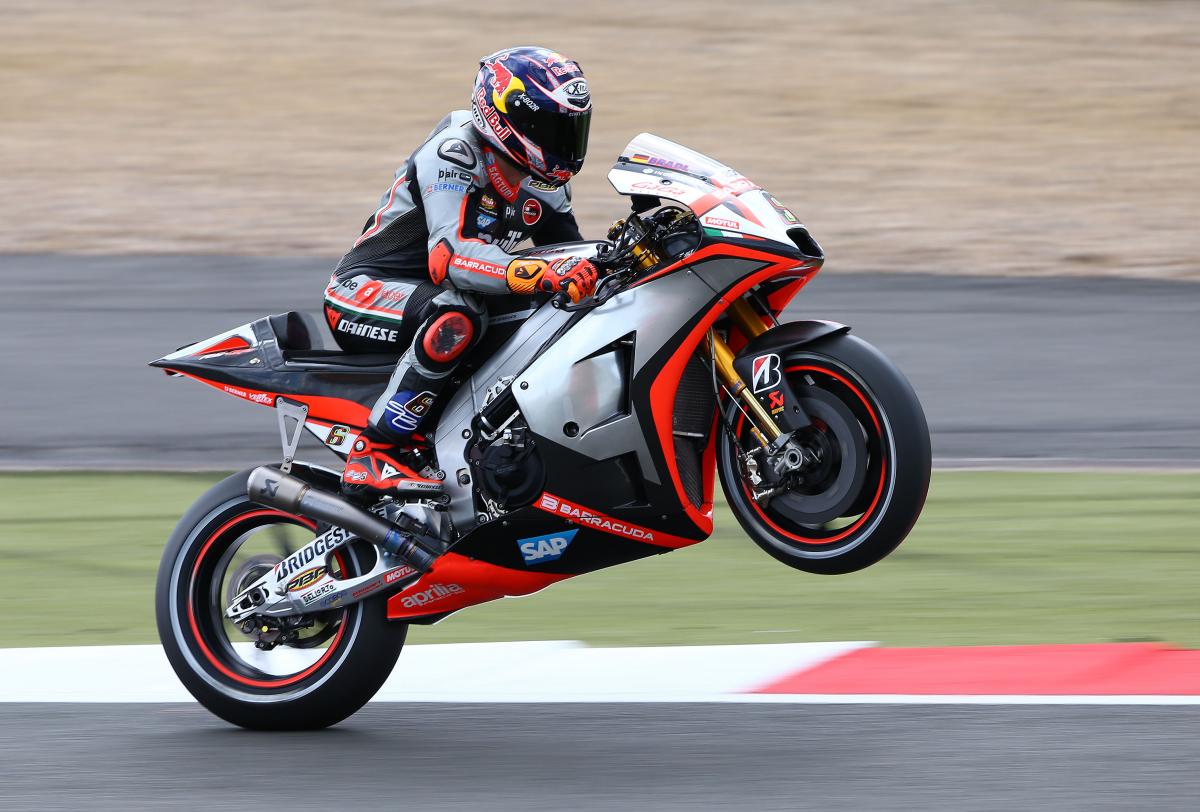MotoGP: Agostini 'Five moments I remember most'

Winner of a record 15 world championships and 122 motorcycle grands prix, it was perhaps a little unfair to ask Giacomo Agostini to pick out his best race.
But the 73-year-old, chatting during a Dainese event at Misano, did select five of his most memorable moments - which included a bitter defeat.
"Of course I remember my first race win," began Ago. "I buy the bike myself, go with no mechanics and won. Then afterwards when I won the world championship at Monza in front of 140,000 people at my home, because I live very close to Monza.
"I didn't win, but also I was happy when I had a battle with Mike Hailwood in 1967 at the Isle of Man. I was leading and broke the chain. At the end of the race Mike came to me and said, 'Ago, you are the winner today, come with me and we'll go to dinner and have a party'.
"To beat Mike Hailwood at the Isle of Man is not for everybody. That day I was leading by seven seconds on the last lap when the chain broke. I cried. So when Mike came to me and said 'Ago, you are the winner today' it was very nice.
"Also, when after many years some people say 'Ago wins because he is with MV Agusta' I go to Yamaha and won with Yamaha. I'm happy also to win at Daytona, my first race with Yamaha, and to win the world championship with Yamaha twice.
"So there are four or five moments I remember most."
Agostini's grand prix career latest from 1964-1977 (nine years at MV Augusta and four years at Yamaha, competing in both the 500cc and 350cc classes), considered one of the most dangerous periods in motor racing history.
The Misano party marked the 1000th deployment of Dainese's air bag system, technology that wasn't even dreamed of when Agostini was racing.
Agostini explained that while the elevated danger didn't put off the riders themselves, the frequent fatal accidents were harming the sport and motorcycle industry.
"All of this [airbag] technology is fantastic because in our time it was impossible to crash, because if you crashed it was very, very bad," he said. "The circuits had no safety - trees, barriers, guardrails - and the helmets were very small. My helmet weighed about 800 grams, not even one kilo. All of these areas have improved so much and of course now they have the D-Air.
"It's also good for motorcycling and the manufacturers, because if the families see somebody die every day then they don't want [their children] to buy a motorcycle. When I started to race, my father didn't want to sign. He didn't want to give me permission to race because he said it is too dangerous. 'I won't sign to kill my son,' he said.
"Today the circuits and the equipment - leathers, D-Air, helmet - can help a lot. Today people crash and usually walk away. This is nice also for the whole sport because spectators don't want to see blood. Maybe they want to see some crashes or excitement, but they don't want to see people hurt.
"I know this because in my day we had many people die and at the next race there were always less spectators. Then people would start to forget and come to watch again. I remember with the F1 cars also, at Monza, when Jochen Rindt died, only a few people came to watch.
"People like to see risk, slides, but not blood. D-Air and all of this technology helps a lot."


